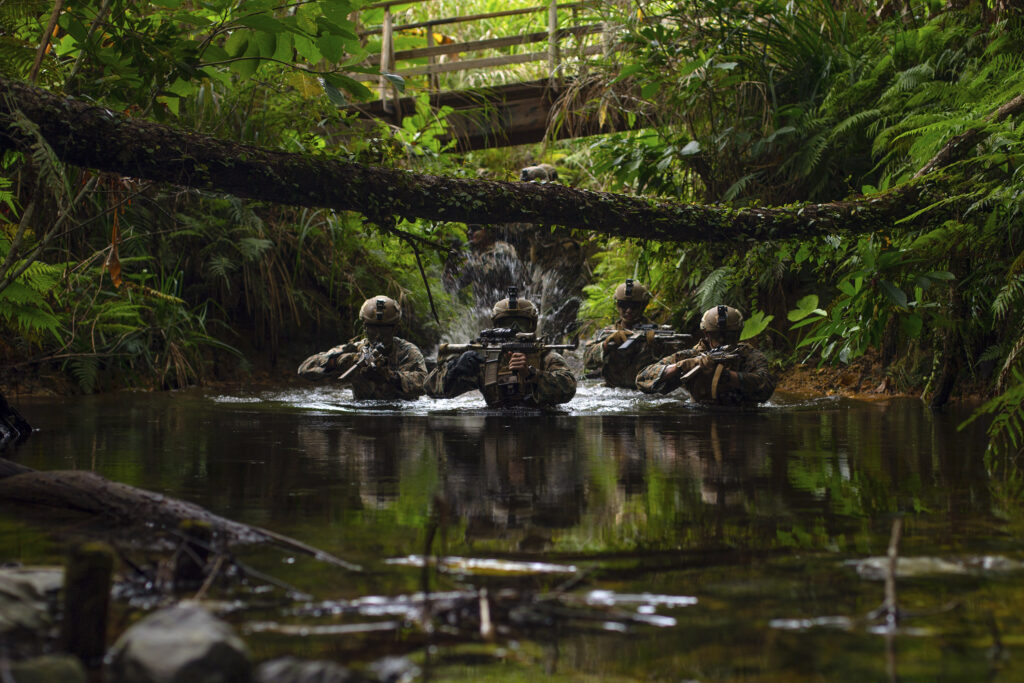
ARLINGTON, Va. — The Marine Corps’ role in distributed maritime operations will require technology that can identify underwater threats as well as dangers posed by surface vessels and long range aircraft and missiles, a top commander says.
Speaking Jan. 13 at the Surface Navy Association’s annual symposium in Arlington, Lt. Gen. Karsten S. Heckl, head of the Marine Corps Combat Development Command and deputy commandant for Combat Development and Integration, explained the Marines’ evolving expeditionary warfare role in the Navy strategy for dealing with potential adversaries in the Indo-Pacific region.
The Expeditionary Advanced Base Operations concept envisions littoral operations by specialized mobile, low signature units within larger distributed maritime operations areas. New Marine Littoral Regiments “uniquely designed to maneuver and persist inside a contested maritime environment,” will have a primary mission “to conduct sea control and denial operations as part of a larger naval expeditionary force,” Heckl said. Equipped with rockets, missiles and other long range fires, as well as surface and amphibious craft to increase their mobility, EABO units will control access to choke points while limiting an adversary’s ability to target them.
But “if you’re telling me that we’re going to occupy and control — sea control, sea denial — critical maritime slots, that means probably more critical than anything, the undersea domain,” Heckl said.
Drawing on his experience as a former commander of I Marine Expeditionary Force, Heckl said, “there are things that exist today to sense underwater. Not expensive, persistent, in fact for the price of probably one P-8 I could sense the majority of the first island chain.”
The subsurface is very important, Heckl said. “We are continuing efforts on that in conjunction with [Marine Corps commandant’s] force design.” A “kill web” of Navy and Marine Corps sea-based and land-based sensors and shooters that gives “a fleet commander the capability to sense a critical slot or a critical piece of maritime terrain, and not have to use a capital asset is pretty significant.”
- Shall We Play a Game? Winning Isn’t the Point, Experts Say - April 5, 2023
- U.S. Goal: Maintaining Extended Presence in Arctic’s Harsh Environment - April 4, 2023
- Joint, Combined Exercise Shows Marine Littoral Regiment Idea is on ”Right Track’ - February 24, 2023



